Itchy feet? Flaky skin between your toes? It could be athlete’s foot. This is a common condition, especially among those who spend a lot of time in trainers. It can be hard to get rid of, keep coming back and generally be pretty annoying. So, how do you clear up athlete’s foot? What do you do if athlete’s foot isn’t responding to treatment and can you get rid of athlete’s foot permanently? I’m going to share my expertise as a former GP and runner with personal experience of this condition!
What is athlete’s foot?
First, let’s just have a quick recap of what we’re dealing with. Athlete’s foot is a fungal infection of the skin of the feet. Its medical name is tinea pedis (tinea means fungal and pedis means foot). Fungi live on your skin in small amounts without any issues but in the right environment they can thrive and multiply. They love dark, warm and moist places so there’s no better habitat than sweaty socks and trainers, hence the name athlete’s foot.
You can catch athlete’s foot from skin to skin contact with someone who has it and through contact with towels, shoes or floors that an infected person has used.
Athlete’s foot usually starts between the toes and can give you a number of symptoms:
- Itchy feet
- Peeling skin
- Scaly skin
- Dry skin which cracks
- Moist skin which splits
- Skin discolouration
- Painful feet
- Blisters
Athlete’s foot can grumble away mildly and not give you too much trouble but it can also be very annoying, ridiculously itchy (especially at night) and even spread up your foot and to your toe nails where it’s harder to get rid of.
Is it athletes foot?
Of course, athlete’s foot isn’t the only condition that can give you foot skin changes and itch. Other things to think about are eczema, psoriasis, dermatitis and insect bites. If you aren’t sure then speak to your pharmacist or see your GP. Sometimes doctors aren’t sure either and may need to take skin scrapings to be examined under the microscope.
How to get rid of athlete’s foot
You need to get rid of the fungal infection to clear athlete’s foot. Even with a tip top immune system it’s unlikely to clear on its own.
There are a variety of anti-fungal treatments available. Your pharmacist can advise you on what will be best for you and can take into account any other medications you may be taking to make sure there are no interactions.
Anti-fungal treatments include clotrimazole, miconazole and terbinafine. They come in a variety of forms including:
- Creams
- Sprays
- Liquids
- Powders
- Tablets (oral anti-fungals)
Most treatments are used twice a day for seven days but may take longer so check with your pharmacist. Oral anti-fungals are reserved for very severe or stubborn cases and you’ll need a discussion with your GP about the risks and benefits.
Other products that might be useful are:
- Anti-itch creams such as hydrocortisone. They won’t help to clear the infection and shouldn’t be used alone or for more than a few days but can ease the itch which is great if it’s keeping you awake at night
- Tea-tree oil. There’s mixed evidence as to whether this will help but if you prefer a natural treatment then it’s worth a try. Don’t use the oil neat, mix it in a carrier oil or put some drops into water and soak your feet.
- Salt water soaks. These can have a disinfecting effect and might help to stop spread but are unlikely to resolve the condition completely. High salt concentration might dry out the skin and cause cracking and irritation.
There are lots of old wive’s tales and myths such as using garlic or vinegar. Most are unlikely to cause harm but there’s a lack of good evidence that they help.
How to make sure athlete’s foot doesn’t come back
There’s no absolute guarantee you won’t get athlete’s foot again but there are lots of things you can do to try and reduce the risk:
- When your athlete’s foot seems to have cleared up, continue treating it for another week or two to increase the chance of getting rid of all the fungus
- Wash and dry your feet carefully twice a day and after running
- Take your trainers and socks off as soon as possible after running
- Alternate two pairs of running shoes to allow shoes to dry out fully between runs
- Always wear clean socks
- When you aren’t running, wear leather shoes which are more breathable
- Wash your towels frequently and consider using a separate towel for your feet
- Sprinkle some athlete’s foot powder into your socks and trainers
- Wear flip-flops in communal showers and avoid being bare foot in shared spaces.
If your skin condition isn’t clearing up or you’re getting recurrent infections then always see your GP.
There’s more about athlete’s foot, skin conditions that affect runners and lots more in my book Run Well: Essential health questions and answers for runners. Published by Bloomsbury and available to buy now.
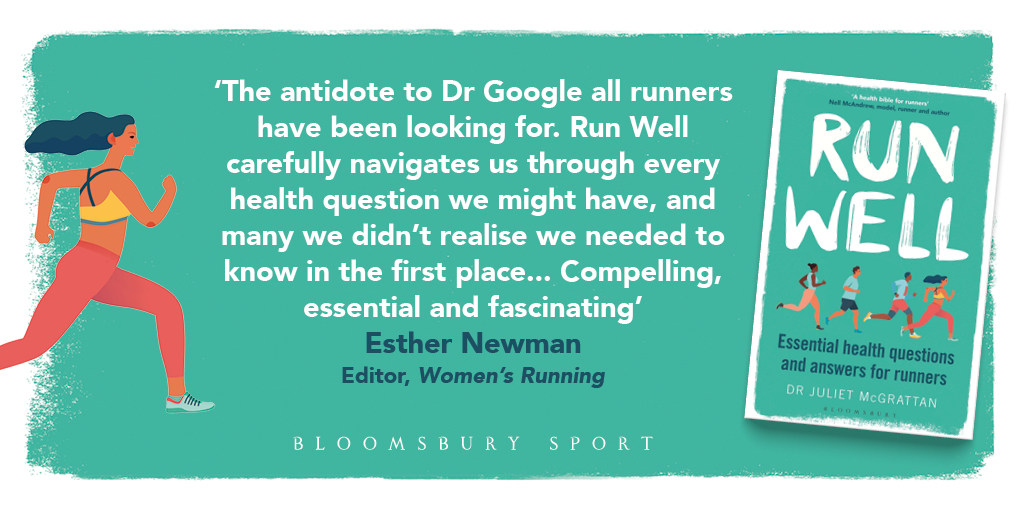
Featured image: Photo by Pixabay

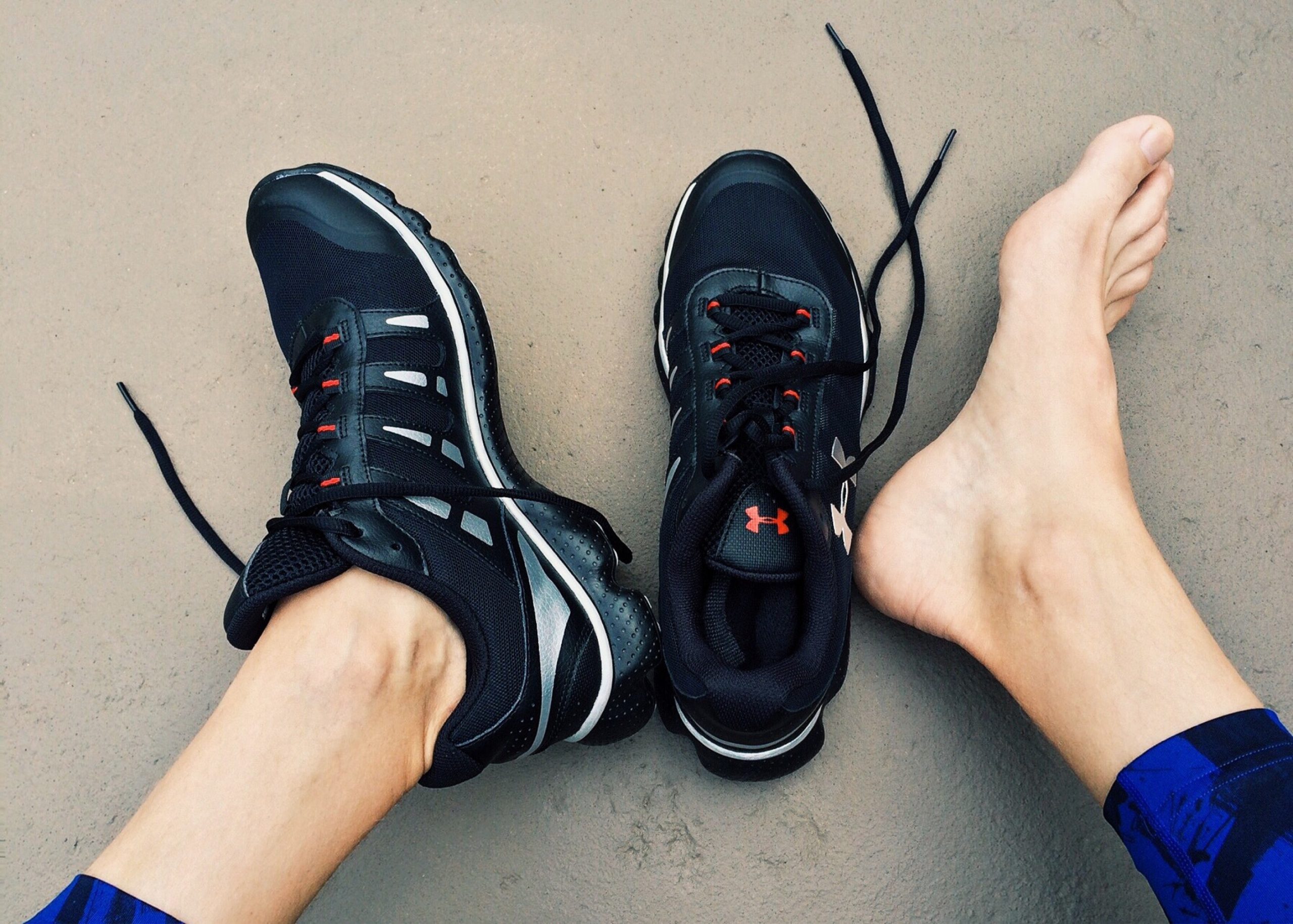
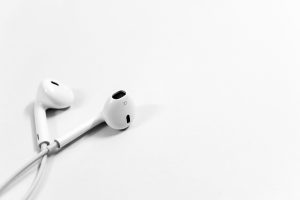



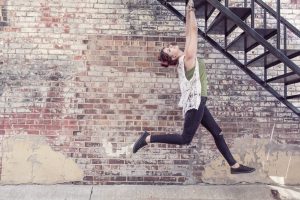
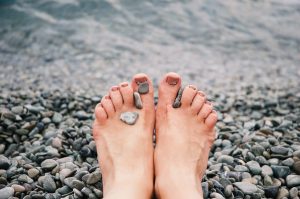
One Comment